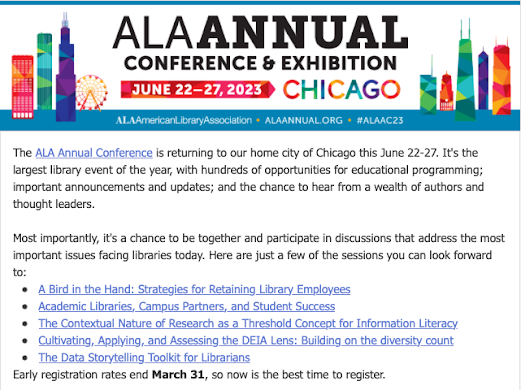Storytelling Your Career: The Basics
Sometimes the
most basic forms of creativity are the most difficult to master. For many of
us, this comes up when we attempt to tell the story of our career, whether aspirationally
or in retrospect. In forms such as cover letters, personal statements, or research/teaching
statements, we strive to mobilize our stories. We attempts to go beyond flat descriptions of
our goals or accomplishments and toward a vivid sense of our commitments and
abilities in action. This is usually much harder than it sounds.
Stories are
about action. True stories from our own experiences require us to step outside
of ourselves and focus on what these stories mean about us from the perspective
of someone else. That someone else may be considering hiring us, evaluating us,
or trying to assign us work that best fits with our abilities. In other words,
they are taking action. We tell our stories to show how we are able to take
action to gather data, solve problems, and advance the mission of our
workplaces.
There are at
least two major barriers to telling our own career stories. The first is
emotional. We can be timid creatures, easily overwhelmed and frightened by the
necessity to exhibit our abilities and expose ourselves to scrutiny. This
barrier explains the deep fatigue that can accompany the work of writing
documents that represent our career.
The second is
practical. It can be difficult to discern which parts of the ongoing chronology
of our lives are story worthy. While The
Moth podcast always wishes its listeners "a story worthy week,"
that doesn’t mean their every week feels like a story. This is because stories
are made from life only when the continuous chaos of life is distilled into
episodes. Finding the right episode is difficult, and requires us to face barriers
of memory and clarity. Sometimes, in the moment, we have an insight that this
will make a great story. More often, we muddle along and then occasionally dig
back into the past to try to unearth our best stories, polish them, and make
them shine.
The cover letter
is a variant on the romance genre. The story is that of you, me, and us. You
start with acknowledging the job. Then you move to sharing about yourself,
focusing on your actions rather than your attributes, and telling several
mini-stories about how your experiences make you the perfect romantic heroine for
the job. In the end, you give a brief sense of how you might join them to make
an "us," how you might belong in that work or that workplace.
Romance and lego
blocks are two of the metaphors I use to help remove emotional and practical
barriers to effective career storytelling. Situating a cover letter as the
start of a relationship helps explain and soothe application jitters.
Visualizing a cover letter as a series of lego blocks that fit together helps
to make the goal and the writing process concrete.
In my
Storytelling Your Career workshops, I use storytelling strategies, narrative
theories, and interactive story exercises to facilitate story sharing. Then,
based on my decade of teaching, I offer real-time feedback on structure,
content, and potential audience. At the same time, I invite the audience to
give feedback, with one rule: if you think you have a criticism, ask a question instead. This leaves the
teller in control of their own story and keeps the audience in the position of
helping to refine the storytelling rather than tearing down the teller or
taking over the story. I usually start feedback with my own questions, partly
to model this behavior and partly to help the person who just took the risk of
sharing their story to stay in power as the storyteller.
There is power
in storytelling workshops because of the collective attention of an audience.
We love to hear stories, and others’ stories often make us recall our own
stories. As long as the group consists of about 10 or more people, I find that
one person's story sharing will spark several others to share their stories.
The mere fact of having a live audience for these stories encourages some
people to take risks that they would not think to take while sitting alone with
a piece of paper. Storytelling is the best way to learn storytelling, and there
is no storytelling without an audience.
It's not every
day that we reach major moments of change in our careers. When we do, it’s time
to dig in, find our stories, and to polish them up with telling and retelling. Only
then are we ready to draft our cover letter, or to prepare for an interview. Then,
with these stories firmly in mind, it’s time to listen for the questions that
the job ad or interviewer poses to you, and to answer them with your stories of
work, learning, triumphs, and persistence. You put your stories to work by
planning how they might connect to the questions we are asked, and to the overall
work of the organization. Take action and tell your stories.

